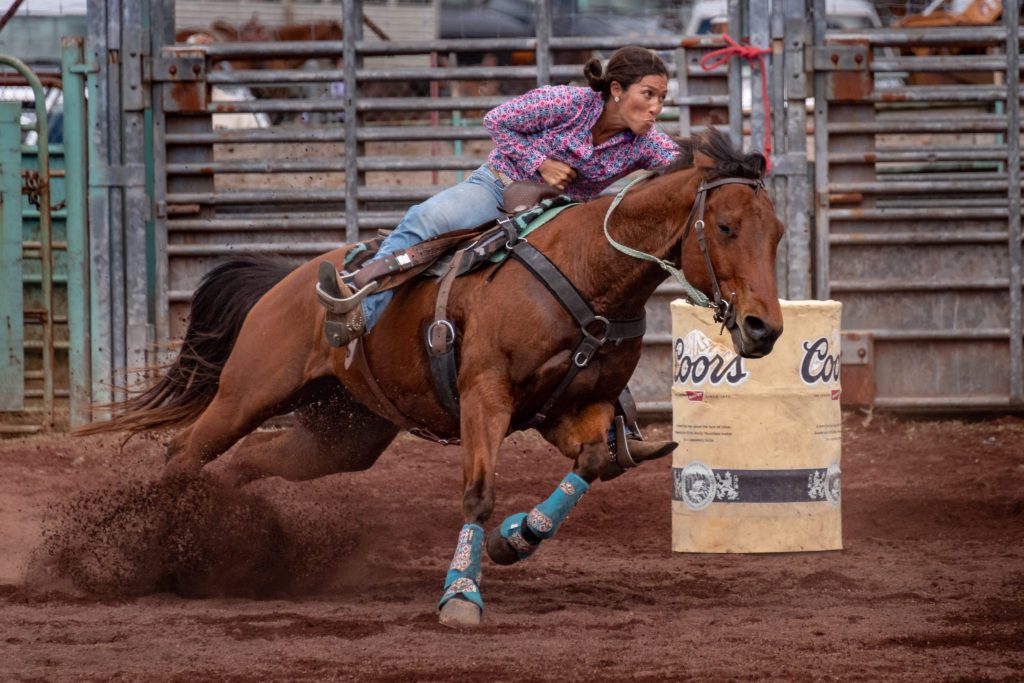Uber asks, “Know where you are going but need a ride?” Then they offer you options.
Every time you talk to a client or a potential customer, you need to know your intent and the obstacles in your way or their way.

You need to have an objective in mind. For example, knowing where you want to go is the same as telling the Uber driver where your destination is to be for your trip.
In Barrel Racing, the rider wants to complete the course in the least amount of time, and the system is around three obstacles, which are barrels laid out in a triangle shape on the course.
When I am teaching storytelling, we use the same parts of the story that Aristotle outlined in Poetics. He wrote this around 335 BC. It is the earliest surviving work of dramatic theory. But, again, the subject wants something, and there are obstacles to overcome to get it.
The tension is great for telling the core of any story, but the one missing thing companies and organizations must have for their storytelling is a “Call to Action.” So, now that you have heard this story, we want you to do something.
Traditional Advertising Call to Action
- No obligation: “TRY” is in all caps; the email offers a full refund.
- Usability: Directing Readers to click “Subscribe Now.”
- Immediacy: The copy includes the phrase “right away,” and the Call to Action button uses “Now.”
The key to an effective Call to Action is to provide people with compelling reasons to ACT NOW rather than defer that action.
Avoid using a passive voice. Use action verbs.
Get straight to the point and make it short and sweet.
Here is a trick that will make all your Call to Action successful. Start with the audience and the call to action. Then, find the story that will best emotionally connect with them to achieve your “Call To Action.”



